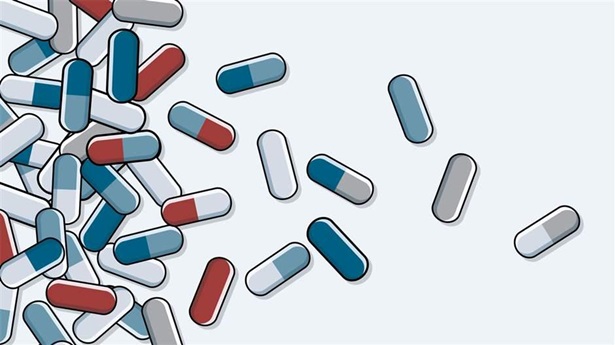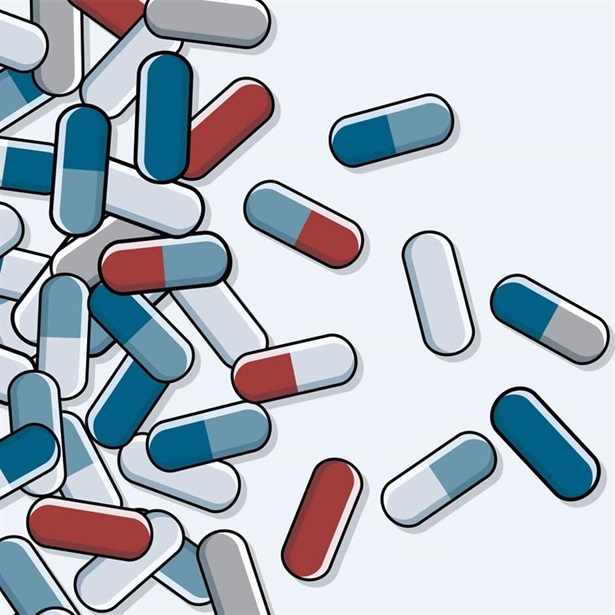Six Ways New Federal Health IT Rules Improve Both Care and Public Health
Enhanced access to data will benefit patients and providers
The federal government in March released a pair of long-awaited rules that will give patients greater access to their health data and improve the flow of information across care settings. These rules, issued by the Office of the National Coordinator for Health Information Technology (ONC) and Centers for Medicare & Medicaid Services (CMS), advance goals for better record interoperability and patient access that were set in the bipartisan 21st Century Cures Act.
This major regulatory update to America’s health IT infrastructure comes at a time of unprecedented pressure on the nation’s health care system because of the rapid spread of the novel coronavirus. The pandemic has reinforced the need for on-demand, remote access to health data for patients and providers. Although these rules do not solve every health IT challenge, they represent important steps toward maximizing the effectiveness of electronic health records (EHRs) to help manage care and give medical professionals the tools they need to enhance safety.
The new rules help to achieve these goals by:
Setting a standard for application programming interfaces
Application programming interfaces, or APIs, are tools that help to gather information from multiple sources at once; they are commonly used to help consumers book flights or hotels online. Their use in health IT has lagged other industries, however. To be most effective, these APIs should operate on a consistent standard so that patients and clinicians can access and exchange health data as well as download and use information through the application of their choice.
The new rules provide that standardization. Specifically, ONC requires that APIs use the most recent version of Fast Healthcare Interoperability Resources (FHIR), a common industry standard. The rules also mandate the use of implementation guidance to minimize variability and make it easier for different technologies to interact and exchange data using API.
CMS’ provisions will allow patients to access their claims data through APIs. Unlike other information sources, claims contain data for nearly every encounter with the health care system for an individual when they are covered by a health plan. That gives patients a broader set of information than they would obtain from a single provider.
Including clinical notes in the U.S. Core Data for Interoperability
The ONC rules establish the U.S. Core Data for Interoperability (USCDI), which will include a basic set of information such as medications and allergies, and details including address and phone number. ONC’s rules make clear that EHRs must be able to exchange USCDI data via standard APIs.
In the final rule, ONC also included clinical notes in the USCDI, which represents an important change from existing data availability. These notes from providers can contain critical context for the care a patient should receive or already has received. Patients in recent focus groups organized by Pew supported making those notes accessible via APIs; research has shown that access to clinical notes makes individuals more likely to follow through on tests and referrals.
Using more electronic health information
Electronic health information (EHI) refers to nearly everything else in a patient’s records—for example, the history of diagnoses, unstructured clinical notes, and images such as X-rays and ultrasounds when stored in the EHR. ONC’s rules aim to ensure that patients can access this information electronically, even if not in a standard manner. ONC uses a broad definition for EHI that includes protected health information that is produced, saved, transferred, or received in an electronic form in accordance with federal privacy laws. This will give patients access to a wider range of their information in an electronic format, though not via standard APIs. ONC rightly recognized that patients should have access to their complete records, even if that information isn’t easily electronically shareable today.
Improving notifications on admissions and discharges
CMS’ rule requires hospitals to send a notification to a patient’s primary care provider when that individual is admitted, discharged, or transferred to another facility, and when the patient visits an emergency room. These represent significant milestones in care. Sending a notification to primary care physicians, specialists, and other clinicians can provide continuity and coordination of care that would otherwise not occur. For example, a notification that a patient has left a hospital can prompt a physician to take steps to provide appropriate follow-up care. These notifications have been shown to reduce how often patients return to emergency departments after discharge from the hospital.
Including more demographic data for patient matching
None of these improvements will reach their full potential unless providers can ensure that patients’ records are accurately matched, meaning that records for the same person held in different locations are correctly linked. Today, efforts to do this fail as much as half the time when different facilities or providers exchange health data. To address this, ONC’s rules add more demographic data points to the USCDI; specifically, the agency included current and previous addresses, phone numbers (as well as the type of number, such as a cellphone or home landline), and email addresses. Adding these data points means that there will be more data to check during the matching process, increasing the likelihood of accurate matches.
Removing gag clauses on EHR screenshots
Currently, many hospital contracts with EHR developers include provisions preventing clinicians from sharing screenshots of their systems; developers cite the proprietary nature of their software as the reason. However, many patient safety experts say that sharing screenshots can help raise awareness of issues with the systems’ usability—how they are designed and implemented into a hospital’s workflow. Ultimately, having this information can yield fixes that improve the safety of systems and make them easier to use.
Under ONC’s rule, hospitals can share screenshots and videos of their systems, with provisions that limit how they can be modified, such as resizing them or adding annotations. The sharing of screenshots and other information could help EHR developers, health care providers, and researchers better understand common usability or safety challenges in these systems and lead to ideas for addressing them.
Taken together, the new rules represent positive steps toward making health IT easier to use and more beneficial for patients and clinicians alike.
Ben Moscovitch directs The Pew Charitable Trusts’ health information technology initiative.











